More spot shrimp openers likely in some areas of Puget Sound plus a myriad of other summer fishing options happening now or coming up very soon Leave a reply
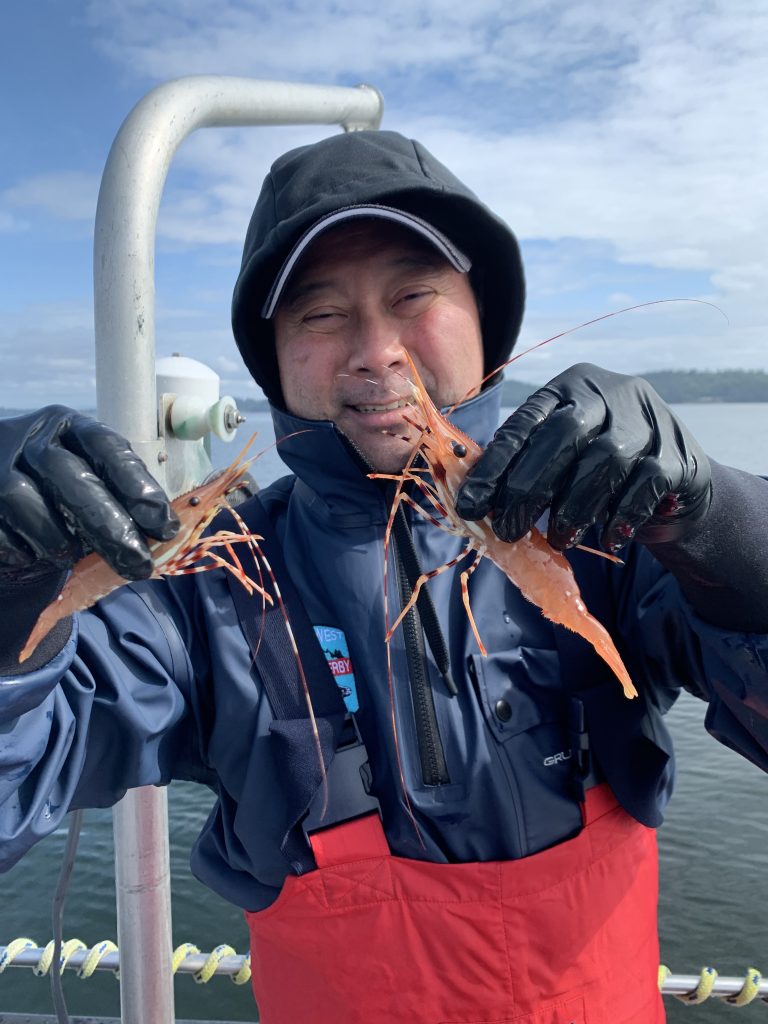
By Mark Yuasa
The Puget Sound spot shrimp fishery has been spot-on in many areas and it appears the Washington Department of Fish and Wildlife (WDFW) staff are finalizing where anglers can once again set pots for the tasty prawn-sized critters.
“We are going over the data to see what’s left and I can tell you that places like Elliott Bay are done and Marine Area 10 (central Puget Sound) might be as well,” Don Velasquez, a WDFW shellfish manager said who expects an announcement sometime this week.
Depending on preliminary catch data and flight surveys the east side of Whidbey Island (8-1 and 8-2); and northern Puget Sound (9) could see another day. South-central Puget Sound (11) has some spot shrimp leftover but adding a day could exceed the catch quota.
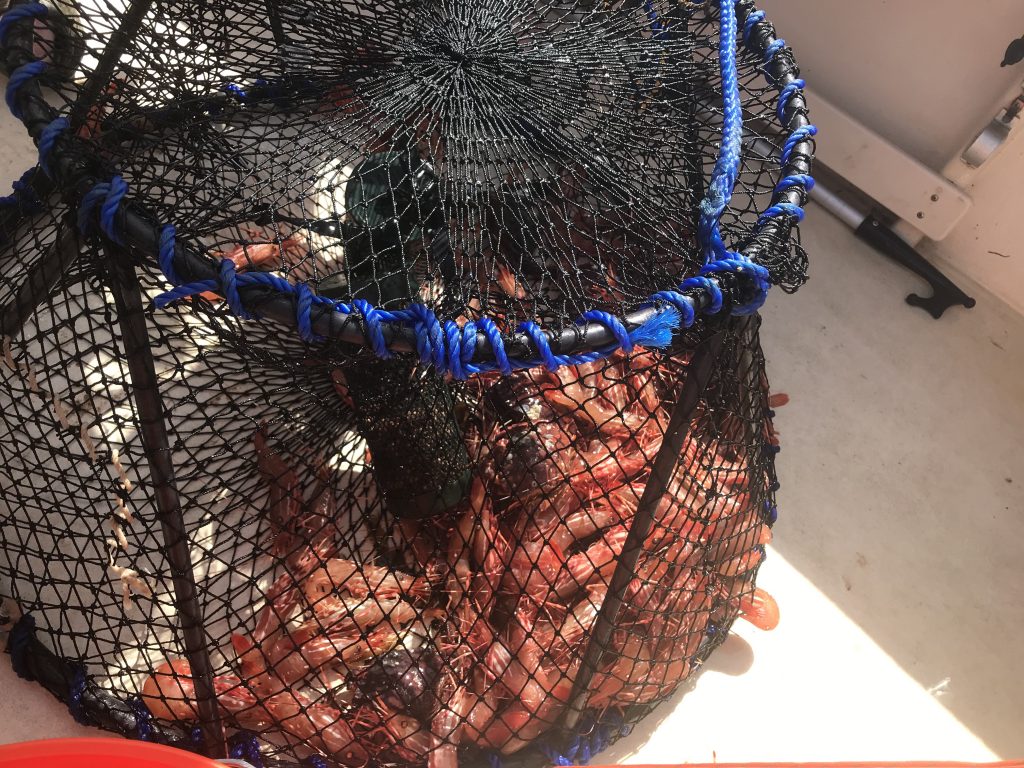
Aerial flights on June 11 opener showed 700 shrimp boats along the east side of Whidbey Island, which is a good weekday turnout.
Another place where the fishery could close sooner than expected is the Discovery Bay Shrimp District (6). If not, it will reopen on June 28 from 7 a.m. to 3 p.m.
“We’re looking at Discovery Bay really closely and are concerned that if we have a third day of fishing (previously opened on June 11 and 15) we could exceed the quota,” Velasquez said.
Hood Canal (12) will proceed June 26, 28 and July 15 from 9 a.m. to 1 p.m. each day. WDFW could add one or two more days depending on catch and effort.
“In Hood Canal the number of boats that had full limits is up from last year although effort is lower in terms of the number of boats,” Velasquez said.
A Hood Canal (12) aerial count on June 11 counted about 1,049 boats compared to a normal year when it’d be closer to 1,400 to 1,500.
In the eastern Strait of Juan de Fuca (Area 6) – excluding the Discovery Bay Shrimp District – the daily catch limit per person increased from 80 to 120 spot shrimp. Area 6 has now shifted from being open daily to a Thursday to Sunday only fishing season.
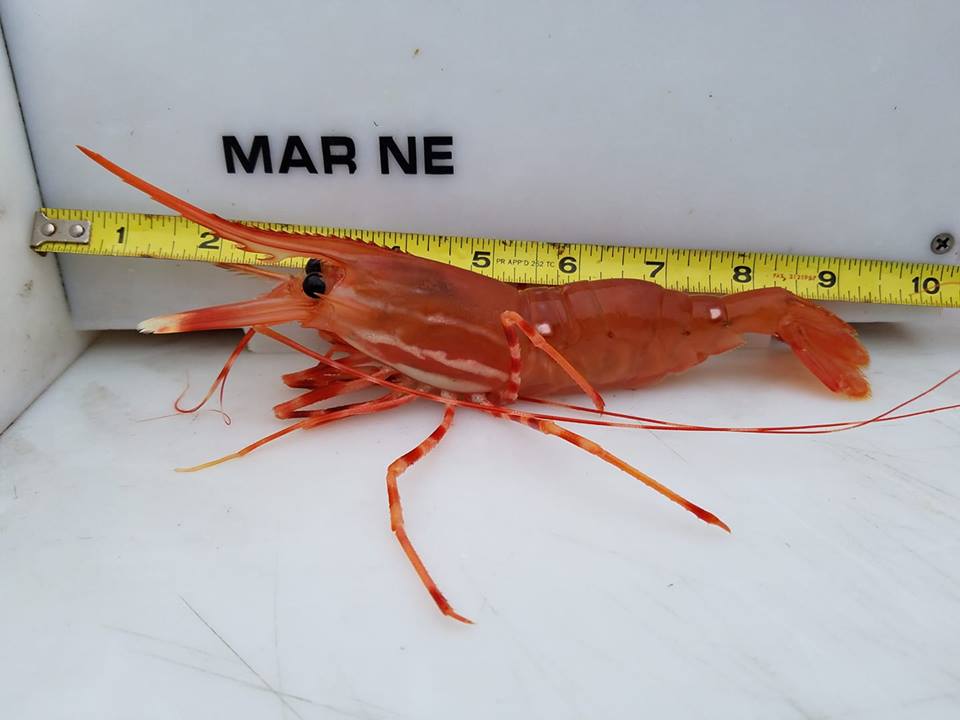
“We got off to a really fast start in Area 6 and a lot of people showed up for the first 14 days of fishing,” Velasquez said. “We have enough left in the quota that we’re comfortable with boosting the daily limit but we will watch it closely over the next few weeks.”
The western Strait of Juan de Fuca (4 and 5) are open daily and closes once the catch quota is achieved.
The San Juan Islands (Iceberg Point, Point Colville, Biz Point, Salmon Bank, northern Rosario Strait, Bellingham Bay, Sucia and Matia Islands and Strait of Georgia (7 South and 7 East) are open June 26, 28 and 30. Fishing is allowed one hour before official sunrise and gear must be pulled before one hour after official sunset.
The San Juan Islands in San Juan Channel, Spieden Channel, Stuart, and Waldron Islands (7 West) is open and closes once the catch quota is achieved.
Southern Puget Sound (13) is closed for spot shrimp due to low abundance levels but coonstripe and pink shrimp is open daily through Oct. 15 with a 10 pound per person daily limit and a maximum depth of 200 feet to set pots.
Lowdown on summer Dungeness crab season
Look for a decent Puget Sound Dungeness crab fishery when it opens July 2 and a WDFW news release is expected very soon at https://wdfw.wa.gov/.
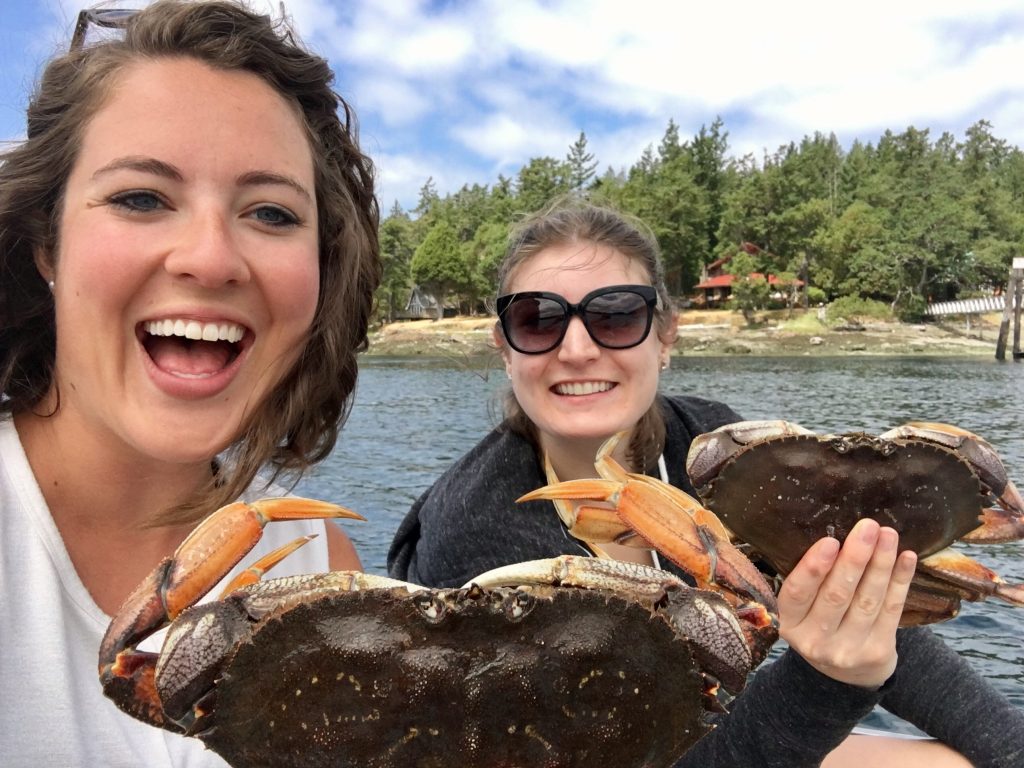
The WDFW sport shellfish sport advisory board was supposed to be presented with two different scenarios late last week for crabbing in central and south-central Puget Sound (10 and 11). Area 11 was closed in 2019 and 2018 due a low abundance of Dungeness crab.
Areas 10 and 11 is planned to open July 2 and the two options being weighed allow crabbing three days per week (possibly a Friday to Sunday or Thursday, Saturday and Sunday). Unlike other areas fishing isn’t expected to last through Labor Day and will close sometime in August.
Elsewhere, the season in the Strait of Juan de Fuca east of Bonilla-Tatoosh Island boundary line at Neah Bay (4), Sekiu (5) and Port Angeles (6); the east side of Whidbey Island (8-1 and 8-2); and northern Puget Sound (9) is scheduled to open July 2 through Sept. 7 (closed Tuesdays and Wednesdays of each week).
Hood Canal (12) north of Ayock Point will not open prior to July 2 through Sept. 7 (closed Tuesdays and Wednesdays of each week). Areas south of Ayock Point are not expected to be open this summer.
A section of San Juan Islands (7 South) opens July 16 through Sept. 30 (closed Tuesdays and Wednesdays of each week). Another San Juan Island section known as “7 North” opens Aug. 15 through Sept. 30 (closed Tuesdays and Wednesdays of each week). Those planning to crab after Labor Day must obtain a winter catch card.
Southern Puget Sound (13) will remain closed this summer to help crab populations rebuild.
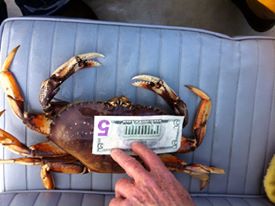
The final catch total for 2019 hasn’t been finalized but through March 9 about 8.5-million pounds had been caught in sport, tribal and non-tribal commercial fisheries compared to 9,225,000 in 2018; 9,285,512 in 2017; and 10,645,000 in 2016. The downward trend comes on the heel of a record catch in 2015 when 11.8 million pounds of Dungeness crab was landed.
In 2019, the sport Dungeness crab fishery landed 1,660,752 pounds (compared to 1,585,956 in 2018 and 1,764,633 in 2017) in all Puget Sound catch areas.
A breakdown showed the San Juan Islands catch at 536,597 pounds (537,194 in 2018); east side of Whidbey Island at 735,607 (720,417); central Puget Sound at 47,236 (46,788); northern Puget Sound at 94,078 (95,678); Hood Canal at 77,229 (87,377); and eastern Strait of Juan de Fuca at 163,182 (117,939); and western Strait at 6,171 (no data from 2018).
The summer — July through September — sport fishery continues to have the highest participation level with 192,798 catch cards issued compared to 23,578 during the winter fishery.
Crabbers in Puget Sound must immediately write down their catch on record cards immediately after retaining Dungeness crab. Separate catch record cards are issued for the summer and winter seasons. Anglers who plan to fish in Area 7 after Sept. 7 will need to obtain a winter catch card.
The daily limit in Puget Sound is five male Dungeness crab in hard-shell condition with a minimum carapace width of 6¼ inches. Fishermen may also keep six red rock crab of either sex daily. Red rock crab must measure at least 5 inches. For additional details and regulations, go to https://wdfw.wa.gov/fishing/shellfishing-regulations/crab.
Be sure to view the WDFW website at https://wdfw.wa.gov/fishing for rules on social distancing. If public safety concerns develop, WDFW could close areas to further protect public health and safe resource management.
Extreme low tides expose beaches for shellfish gathering
Look for the plug to be pulled in Puget Sound when extreme low tides will expose beaches for those who’d like to gather clams, mussels and oysters including the elusive geoduck.
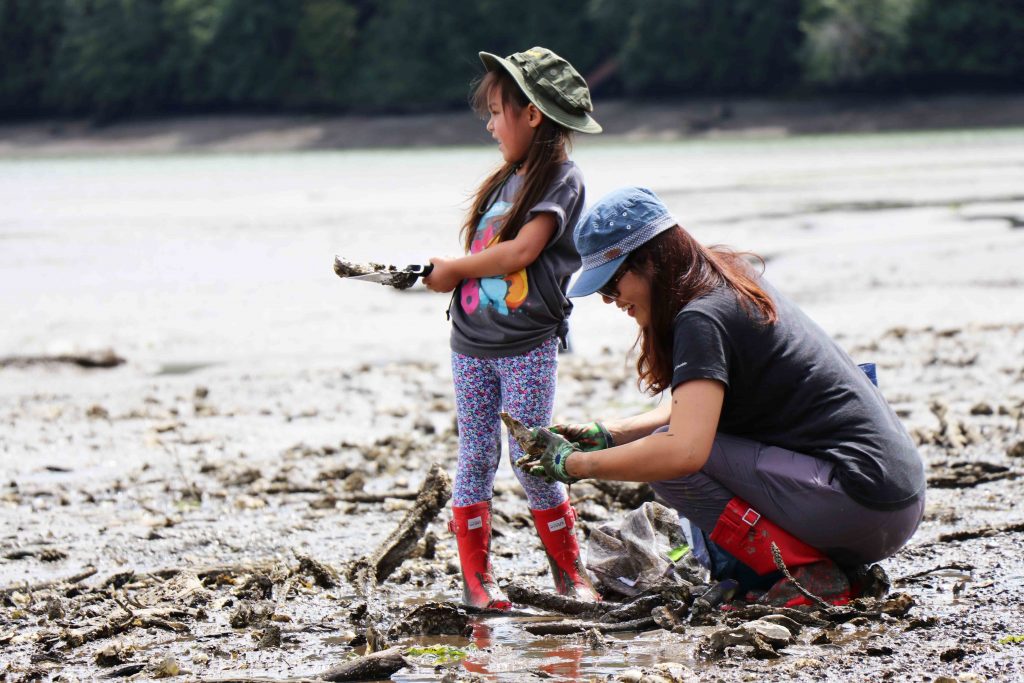
“Patience and courtesy will be needed at public access sites,” Camille Speck, a WDFW shellfish manager said in a news release.” Because some popular parks are operating with reduced staffing and may have limitations on parking, harvesters should check for current conditions at the park they intend to visit and adhere to health authorities’ advice for physical distancing.”
Public access on beaches in Puget Sound and Hood Canal are relatively easy but before heading to a beach be sure to check the WDFW and Department of Health (DOH) websites for any closures or changes. An interactive map can be found at http://wdfw.wa.gov/fish/shelfish/beachreg. For emergency beach closures, call the marine biotoxin hotline at 800-562-5632 or visit the DOH website at www.doh.wa.gov. Also check the WDFW hotline at 866-880-5431 and website at http://wdfw.wa.gov.
Also keep in mind that all eastern mainland beaches from Everett south into southern Puget Sound are also closed for shellfish due to unsafe pollution levels.
This list below shows adjustments from original 2020 seasons to make up for opportunity lost during the Stay Home, Stay Healthy-related closure:
Ala Spit County Park opens for clams, mussels and oysters Aug. 1-31; Belfair State Park opens for clams, mussels and oysters two weeks early on July 15 and stays open through Dec. 31; Dosewallips State Park is currently open for clams, mussels and oysters (clams and mussels on Sept. 30 and remains open for oysters through Dec. 31); Eagle Creek is currently open for clams, mussels and oysters (clam and mussel season extended by two weeks to close on Sept. 15 and oysters remain open through Dec. 31).
Frye Cove County Park open for clams, mussels, and oysters Aug. 1-31; Hope Island State Park opens for clams, mussels and oysters Aug. 1-31; Point Whitney Tidelands and Point Whitney Lagoon currently open for clams, mussels and oysters (clams and mussels close June 30 and oysters remain open through Aug. 31); Port Gamble Heritage Park Tidelands: opens for clams, mussels, and oysters two weeks early on July 1 through Dec. 31; Potlatch State Park and Potlatch DNR are currently open for clams, mussels, and oysters and seasons are extended for two months to remain open through Sept. 30; Sequim Bay State Park is currently open for clams, mussels and oysters and extended by two weeks closing on July 15; Triton Cove Tidelands is currently open for clams, mussels and oysters (clam and mussel seasons are extended by two weeks to close on Sept. 15 and oysters remain open through Dec. 31).
Low tides: Monday (June 22), minus-2.7 feet at 12:19 p.m.; Tuesday (June 23), -2.7 at 1:01 p.m.; Wednesday (June 24), -2.4 at 1:45 p.m.; Thursday (June 25), -1.8 at 2:31 p.m.; July 3, -2.6 at 10:09 a.m.; July 4, -3.0 at 10:52 a.m.; July 5, -3.0 at 11:35 a.m.; July 6, -2.7 at 12:17 p.m.; and July 7, -2.2 at 12:59 p.m.
Word on salmon fishing
The attention grabber right now is the hot resident coho fishing in central Puget Sound (10) where anglers are scoring easy limits of 2- to 4-pound fish. Anglers report coho are larger than in past years and it doesn’t matter whether you’re trolling or drift mooching.
A few early hatchery kings have started to appear in southern Puget Sound (13) off Point Fosdick and Gibson Point as well as other places around Fox Island and Anderson Island. South-central Puget Sound (11) opens July 1 for hatchery kings.
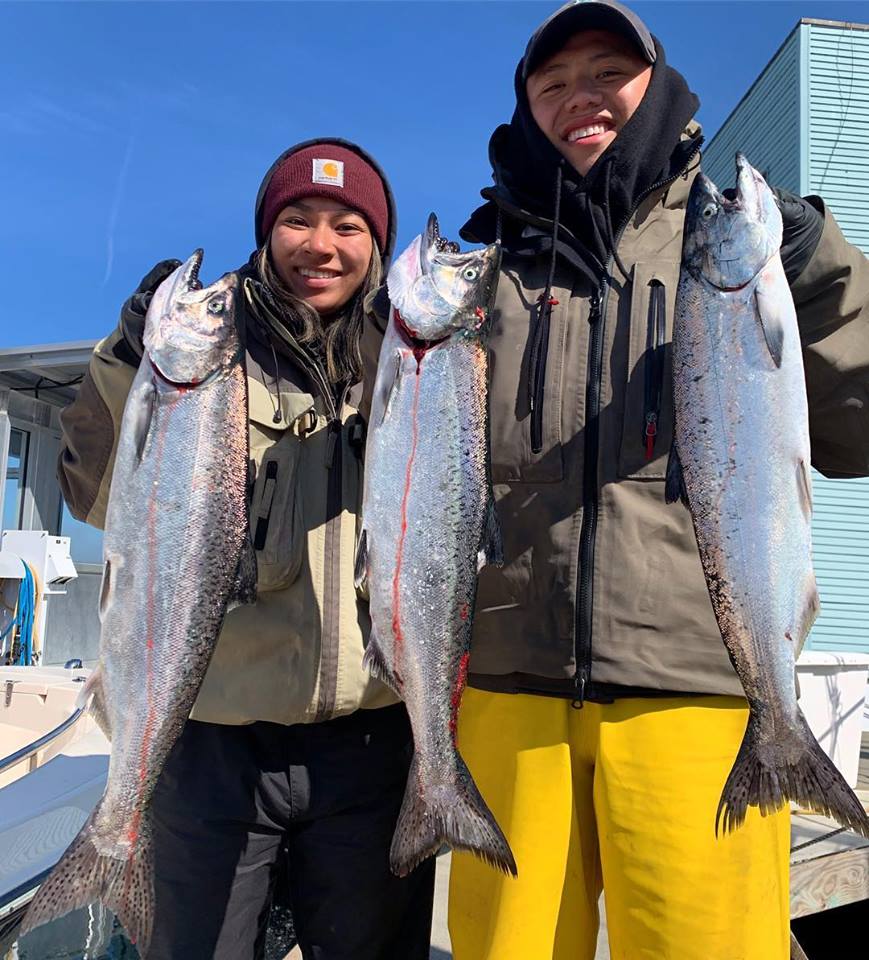
The Tulalip Bay Bubble Fishery just north of Everett has been slow to fair for kings, 10 to 18 pounds, and is open each week from 12:01 a.m. Fridays through 11:59 a.m. Mondays only.
Many piers are open year-round for salmon in Puget Sound including the Edmonds Marina (a few early hatchery kings have been caught in recent weeks by anglers tossing jigs), Fox Island, Seacrest in West Seattle, Waterman, Bremerton Boardwalk, Illahee State Park, Dash Point Dock, Point Defiance Boathouse Dock, Les Davis, Des Moines, and Redondo piers.
The entire coast (Areas 1 to 4) opened this past Saturday for kings and early reports indicate it is slow to fair fishing at best although weather made it tough to fish.
The daily limit is one chinook only and release all coho through June 28. Fishing for chinook and hatchery coho is open daily from June 29 through Sept. 30 or until the sub-quota is achieved at Ilwaco, La Push and Neah Bay. Westport is open June 29 through Sept. 30 – salmon fishing allowed Sundays to Thursdays only – or until the sub-quota is achieved. Note: All facilities including the marina and boat launches on the Makah Reservation at Neah Bay and the Quileute Reservation at La Push are closed until further notice.
The coast is also open for bottomfish such as lingcod and rockfish except for halibut which opens Aug. 6.
Trout in statewide lakes a viable option
The mild weather has kept planted trout in many lakes very active and anglers should expect decent fishing in the weeks to come.
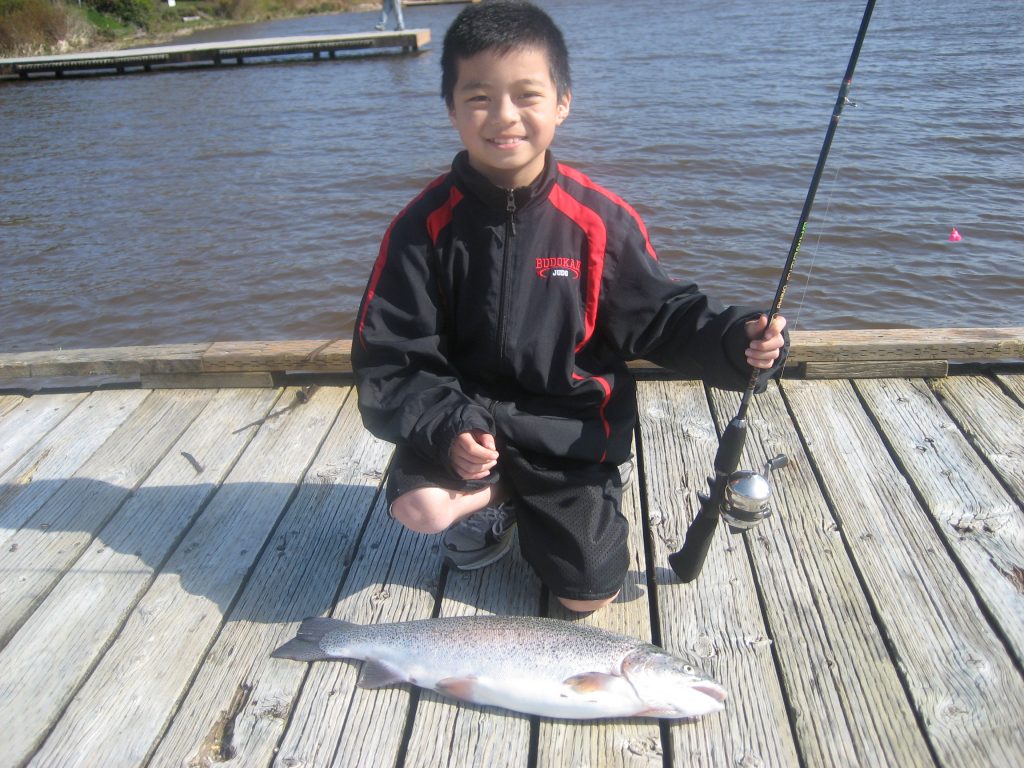
Here are the latest WDFW trout plants from June 4-17 – Pierce County: Carter, 1,062; Tanwax, 450. Cowlitz: Merwin, 1,032; Knuppenburg, 1,000. Thurston: St. Clair, 630; Long, 711; Munn, 405. Grays Harbor: Sylvia, 500. Lewis: Mayfield, 3,260 plus 3,640 on June 9. Yakima: Bumping, 3,000.
All Puget Sound plants in Region 4 are finished for spring but good action can be found at Desire, American, Steel, Rapjohn, Patterson, Alice, Green, Blackmans, Flowing, Pass, Cranberry, Lone, Chain, Lawrence, Pattison, Hicks, McIntosh, Duck, Aberdeen, Tee, Sylvia, Failor, Beaver and many others that can be found at https://wdfw.wa.gov/fishing/reports/stocking/trout-plants.
WDFW kicked off the popular Statewide Trout Fishing Derby which continues through Oct. 31 and features more than 100 lakes planted with around 1,200 tagged trout.
There are over 1,000 prizes donated from more than 100 participating businesses totaling over $40,000. Last year, roughly half the tags were returned statewide which is a pretty good percentage.
WDFW has created a new online system for anglers who catch tagged trout to report them. Depending on the prize they will either be mailed or picked up at WDFW regional offices by the recipient.
Anglers can share their derby success on social media with the hash tag of #watroutderby. For details, go to https://wdfw.wa.gov/fishing/contests/trout-derby.

